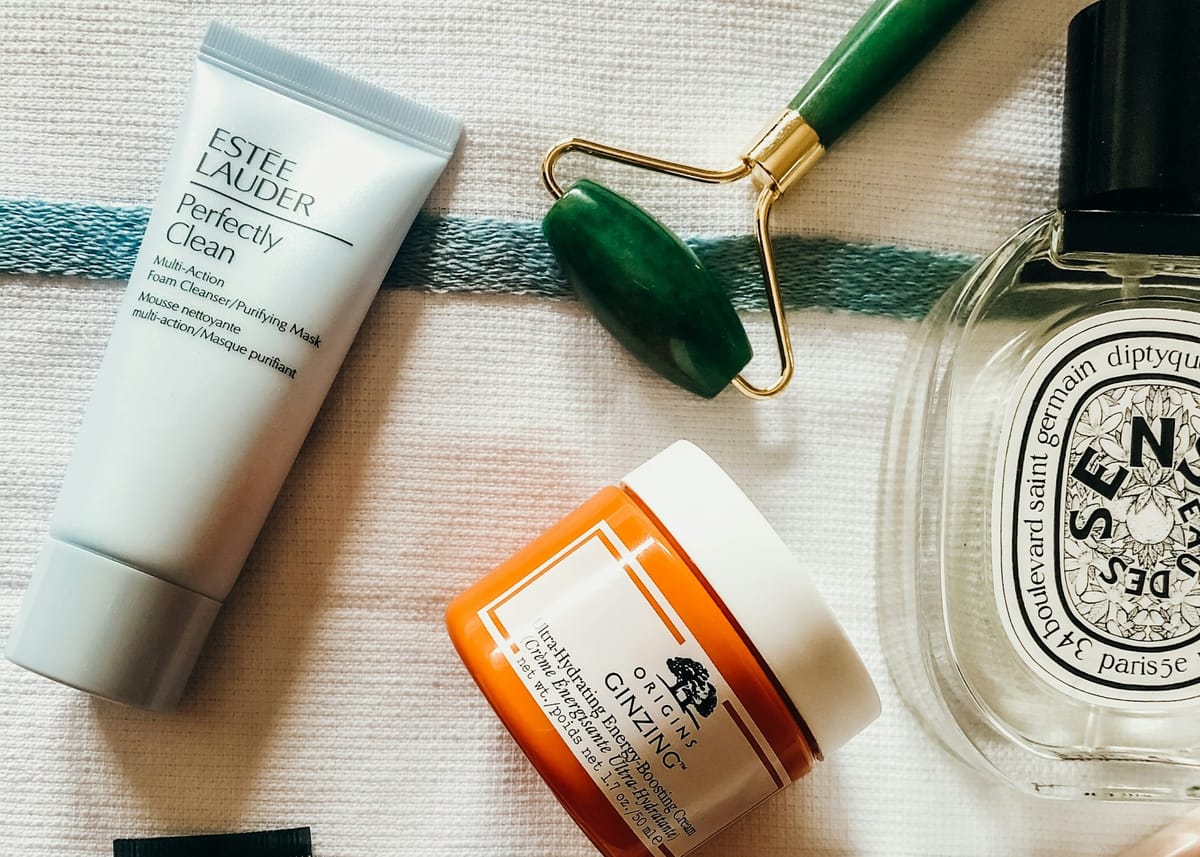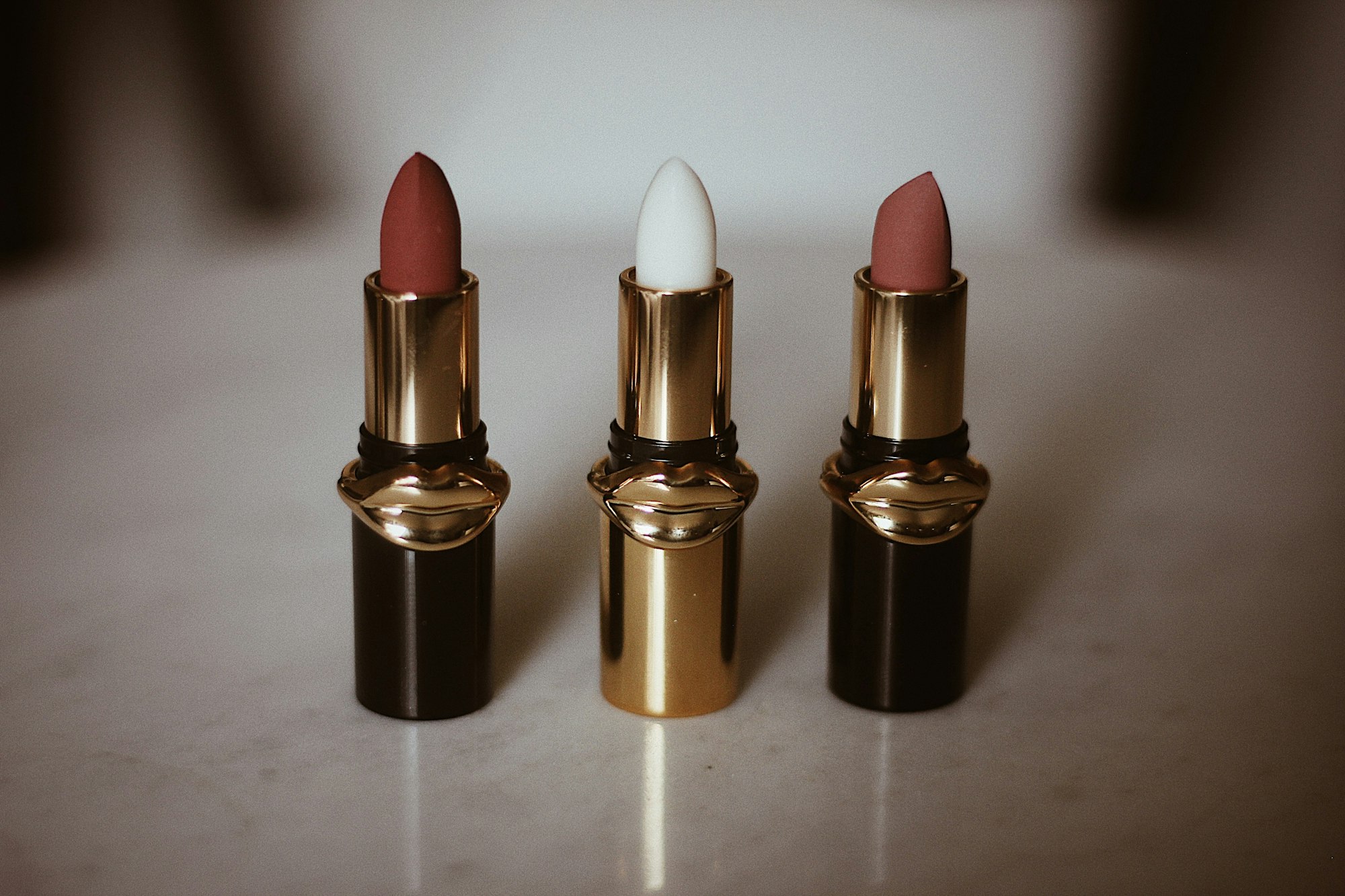How Estée Lauder Won Asia: 5 Risk-Ready Moves CMOs Can Copy
Estée Lauder’s playbook gives Asian CMOs clear lessons on driving growth while managing risk in volatile markets.

Estée Lauder just did something rare in today's beauty market. It beat Wall Street expectations by US$100 million, posting US$3.48 billion in quarterly sales when analysts predicted US$3.38 billion.
More impressive is the company reversed a 5% sales decline to achieve 3% growth, led by a 13% surge in fragrances and 9% gains across China and Asia Pacific.
The turnaround didn't happen by accident. Under CEO Stephane de La Faverie, Estée Lauder rebuilt its Asia strategy around supply chain resilience, localized innovation, and AI-driven market intelligence. The results mirror broader luxury recovery in the region, with competitors like LVMH, L'Oréal, and Hermès posting similar China rebounds.
For Asian CMOs navigating volatile markets, Estée Lauder's playbook offers five concrete lessons in balancing growth with risk management.
Diversify Before Crisis Forces Your Hand
Estée Lauder learned the hard way that concentration kills flexibility. When Shanghai locked down in 2022, the company's China-centric manufacturing ground to a halt. The response was to relocate production to Vietnam and Malaysia, spreading risk across multiple Asian hubs instead of betting everything on one market.
This wasn't just about avoiding future lockdowns. The company faced a US$100 million tariff impact in 2023, making geographic flexibility an economic necessity. By moving closer to key Asian markets, Estée Lauder cut lead times and stabilized supply during peak demand periods.
The lesson for CMOs is that distribution strategy is a marketing strategy. When your product can't reach shelves during a launch window, no amount of brilliant creative saves the campaign. Supply chain diversification now targets US$800 million to US$1 billion in annual cost savings by 2027, freeing budget for innovation and marketing.

Match Product Pipeline to Demand Signals, Not Gut Instinct
Estée Lauder's fragrance category didn't accidentally grow 13% organically. The company used AI platforms like ConsumerIQ and Trans Studio to track real-time trends across Asian markets, then adjusted production volumes and launch timing accordingly.
This data-driven approach extends beyond forecasting. When prestige skincare showed strength in Hong Kong while Korea underperformed, Estée Lauder shifted marketing resources and inventory allocation to match regional momentum. The result was makeup market share gains in Hong Kong despite global revenue pressures.
The company's 2025 launch of The Ordinary into mainland China demonstrates this demand-signal discipline. Rather than leading with premium positioning everywhere, Estée Lauder identified 500 million-plus new middle-class consumers seeking affordable luxury by 2030. The Ordinary targets tier-two and tier-three cities through digital channels, matching product positioning to specific consumer segments.
For CMOs, this means killing the "spray and pray" launch model. Align product pipeline decisions with granular demand data, not aspirational market-entry dreams.
Coordinate Marketing-to-Retail Readiness as One System
Estée Lauder's turnaround strategy explicitly linked luxury product launches (like La Mer) with supply chain optimization and increased marketing investment. This wasn't three separate initiatives. It was one integrated system designed to eliminate the gap between consumer awareness and product availability.
The company invested in AI-driven inventory management that improved delivery times and reduced stockouts during campaign peaks. When marketing drives traffic to retail partners or e-commerce sites, the product is actually there to buy. This sounds obvious, but it's where most launches fail in fast-moving Asian markets.
La Mer's prestige skincare growth came from combining localized R&D with influencer campaigns timed to inventory availability. The marketing created demand, but the supply chain delivered satisfaction. Both had to work in lockstep.
CMOs should demand shared KPIs between marketing and operations teams. If your launch campaign drives 50% traffic increases but conversion rates tank due to stockouts, you've wasted budget and damaged brand trust.
Localize R&D, Not Just Marketing Messages
Estée Lauder's 9% sales growth in China and Asia Pacific didn't come from translating Western campaigns into Mandarin. The company invested in localized R&D to develop products for Asian skin types, climate conditions, and beauty preferences.
This goes deeper than formulation tweaks. Understanding that Hong Kong consumers prioritize different skincare benefits than those in Seoul or Shanghai requires research infrastructure in-market, not insights exported from New York. The company's prestige skincare gains reflect products designed for Asian consumers from the ground up.
The Ordinary's China strategy takes this further by targeting digital-first consumers in tier-two and tier-three cities with affordable luxury positioning. It's not the same brand story Estée Lauder tells in Paris or Manhattan. It's built around specific Chinese consumer segments identified through local market intelligence.
For CMOs, localization means more than media buying and creative adaptation. It requires influence over product development roadmaps, with regional consumer insights shaping what gets built, not just how it gets sold.

Balance Premium Positioning with Market Access
Estée Lauder's turnaround balanced two competing priorities: maintaining luxury brand equity while expanding market access. The fragrance category's 13% growth came from premium products, but The Ordinary's China entry targets mass-premium consumers.
This portfolio strategy acknowledges that Asia isn't one market. Ultra-wealthy consumers in Hong Kong and Shanghai coexist with 500 million emerging middle-class buyers seeking quality at accessible prices. Estée Lauder serves both without diluting brand positioning, using distinct sub-brands for different segments.
Analyst Sky Canaves noted the company is "poised for long-term growth as China's luxury market recovers." But that recovery isn't uniform. Premium beauty is rebounding faster than other luxury categories, and digital channels are outperforming traditional retail in many markets.
CMOs must resist the temptation to chase every segment with the same brand. Estée Lauder's approach uses portfolio architecture to capture different price points without confusing positioning. Your flagship brand protects premium equity while accessible sub-brands drive volume and trial.
The company's adjusted profit beat expectations by 78%, hitting 32 cents per share versus forecasts of 18 cents. That margin recovery came from operational discipline, not just top-line growth.
For Asian CMOs building 2026 budgets, Estée Lauder's playbook proves that resilience and growth aren't trade-offs. They're two sides of the same strategic coin.
Want to stay up-to-date on the stories shaping Asia's media, marketing, and comms industry? Subscribe to Mission Media for exclusive insights, campaign deep-dives, and actionable intel.








